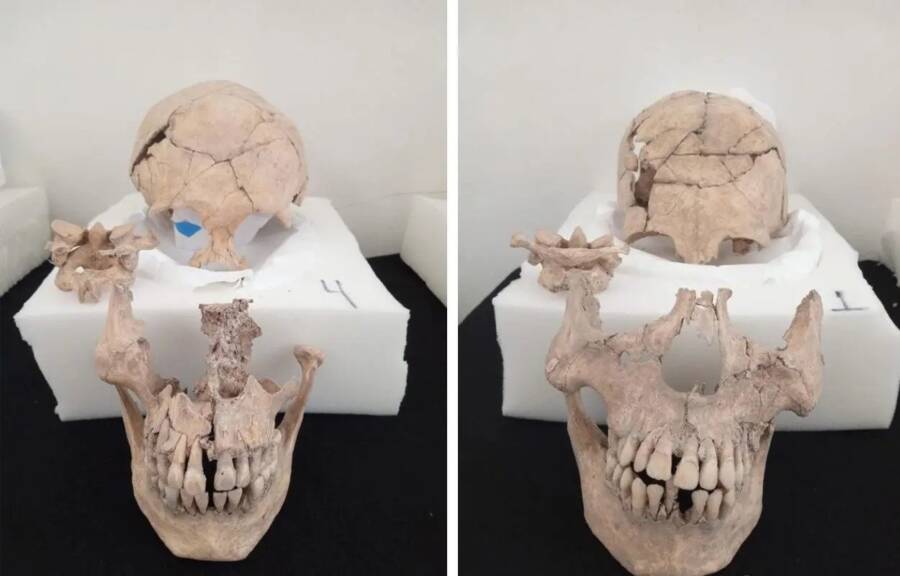Kingdom of Punt
Before ancient Egypt, the kingdom of Punt is believed to have existed long before. Dating back to at least 3000 BC and originating in the vicinity of present-day Somalia, Punt was “the land of the gods” to the ancient Egyptians, according to the Ancient History Encyclopedia.
Not only were gods and goddesses like Hathor said to have come from this super-rich and fertile kingdom, but so were all sorts of valuable trade goods. According to Ancient Origins, a major trade expedition led by the female pharaoh Hatshepsut came here and back, bringing back a wealth of spices and living plants, as well as gold, leopard skins, and a few live elephants.
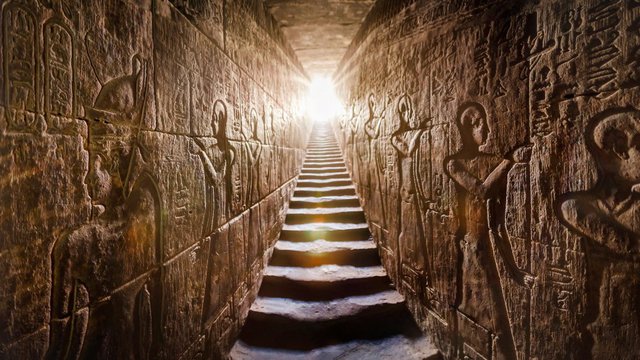
As far as we can tell from Egyptian historical records, Punt was home to some of the main incense used in all sorts of Egyptian rituals. Accordingly, there were numerous large expeditions that regularly brought Egyptian goods such as tools and wood to Punt, and returned with precious luxury goods.
But to this day, scholars have not been able to determine for sure the location of the kingdom of Punt… because historical records and pharaohs have kept it a secret.
Kingdom of Yam
Historians are still unsure whether Yam actually existed, as no physical traces of this civilization have been found to date. According to historical records, it dates back to around 2500 BC. Yam is mentioned in some ancient Egyptian burial texts and is associated with the Nubian-Kushite empire. According to David O’Connor, if it is real, it could be somewhere in modern-day Chad or Sudan, and scholars believe it is somewhere south of modern-day Egypt.
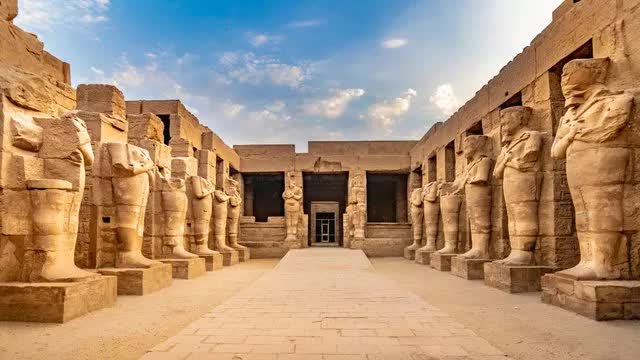
From inscriptions dating to 2200 BC, found in the tomb of Harkhuf, a governor of Upper Egypt, we know that Yam was quite powerful – enough to pose a threat to Egypt and that prompted Harkhuf to make several expeditions to decide whether to engage in war or trade with the kingdom. Like the kingdom of Punt, Yam was extremely wealthy, supplying ivory, ebony and furs to neighboring areas.
Kingdom of Aksum
As the Common Era progressed, the great African civilizations continued to maintain their global reputations as incredibly wealthy trading empires. Aksum, which flourished from 100 to 940 AD, was also a major trade route junction between Africa and the Middle East. If you wanted to move goods between the two regions, you would have to pass through this kingdom (located in modern-day Ethiopia and Eritrea).
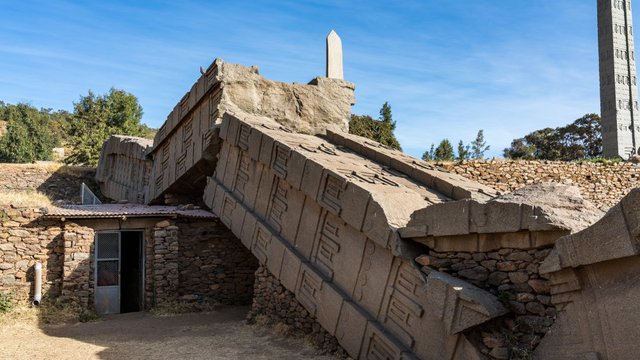
Rome, the Byzantine Empire, Indian trading barons, Arab caravans—all did business with Aksum. At the height of its civilization in the third and fourth centuries, Aksum was considered one of the four great empires of the world. Although historical records suggest that the kingdom developed its own writing, called Ge’ez, archaeologists have yet to find any surviving records from the Aksum period.
Ghana Empire
The ancient Ghana Empire, known to the natives as Wagadu, is not actually geographically connected to modern Ghana – it is actually located somewhere between Mauritania and Mali. The empire flourished from the 500s to the 1200s AD.
Wagadu was known to Arab and European traders in the past as the “land of gold,” according to the Ancient History Encyclopedia. The Wagadu kings controlled all gold exploration and processing in the area.
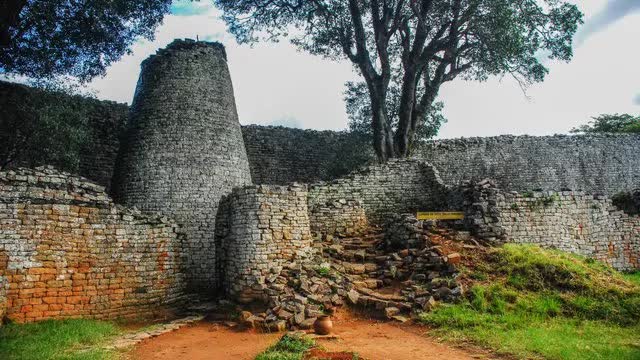
According to historical records, Arab merchants were particularly impressed by the wealth of the empire when they saw the amount of silver and gold jewelry that people wore. Even the king’s dogs wore gold collars.
Gold isn’t the only thing that makes Wagadu famous, however. Its capital, Koumbi Saleh, is home to 20,000 people despite being located on the edge of the Sahara Desert. But it’s thought that the people of Wagadu have developed some pretty advanced irrigation and agricultural methods that have helped them thrive in such a harsh climate.
Benin Empire
Much of what Westerners know about Africa in the past is based on the transcontinental slave trade. The gruesome practice allowed vast European empires to get things done without the need for native labor. But it also allowed African kingdoms to grow and expand, and as Black History Month acknowledges, many African nations supplemented the slave trade with their own economic resources—expanding, capturing neighboring territories to capture people and then selling them to other African nations or to Arabs and Europeans, as Cornell University’s Dr. Sandra Greene has noted.

The Benin Empire in West Africa was a regional hub of art and culture, and it was also a notorious slave trading nation. They built their influence and wealth from the 1200s to 1897 by selling whatever – or whoever – they could get their hands on.
Reference: Grunge; Ancient Origins; Think Africa




